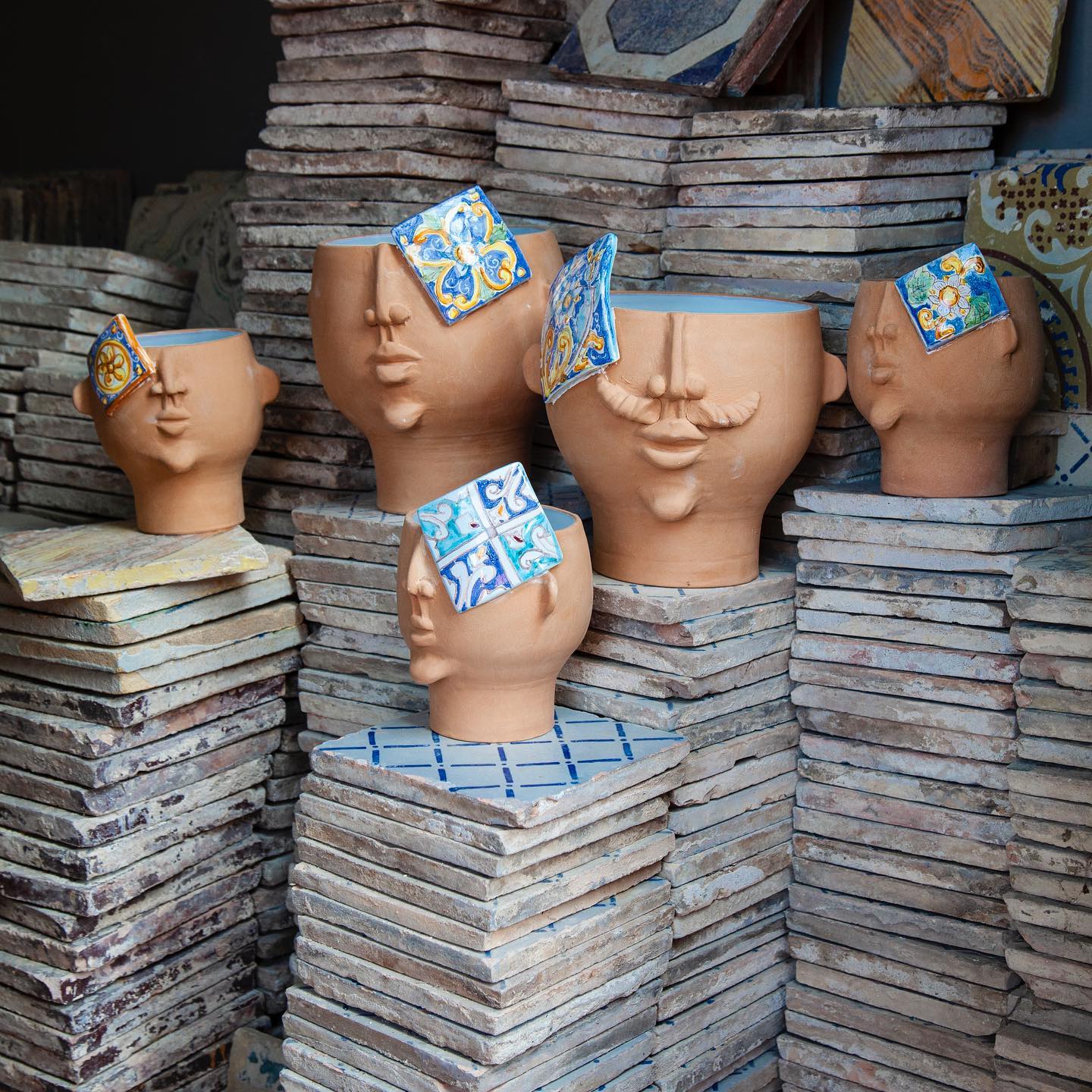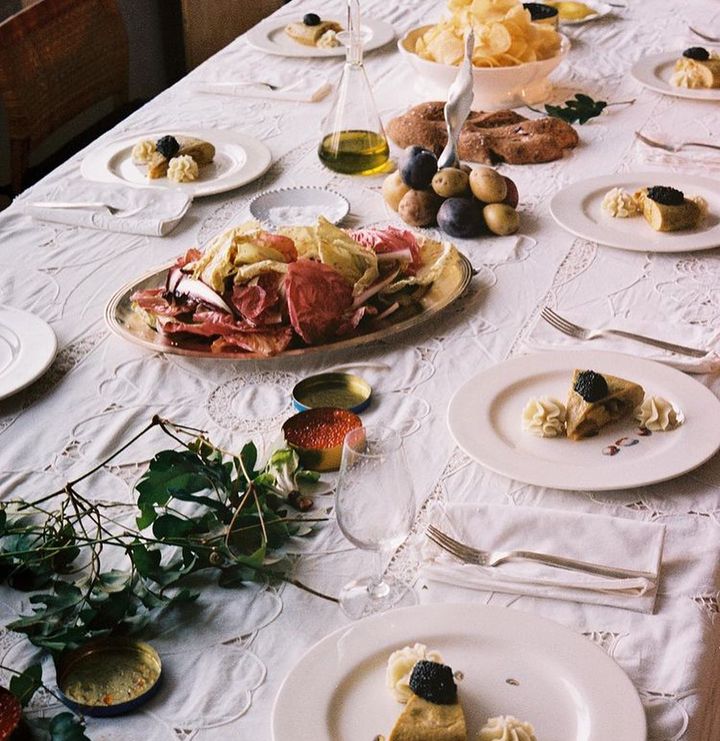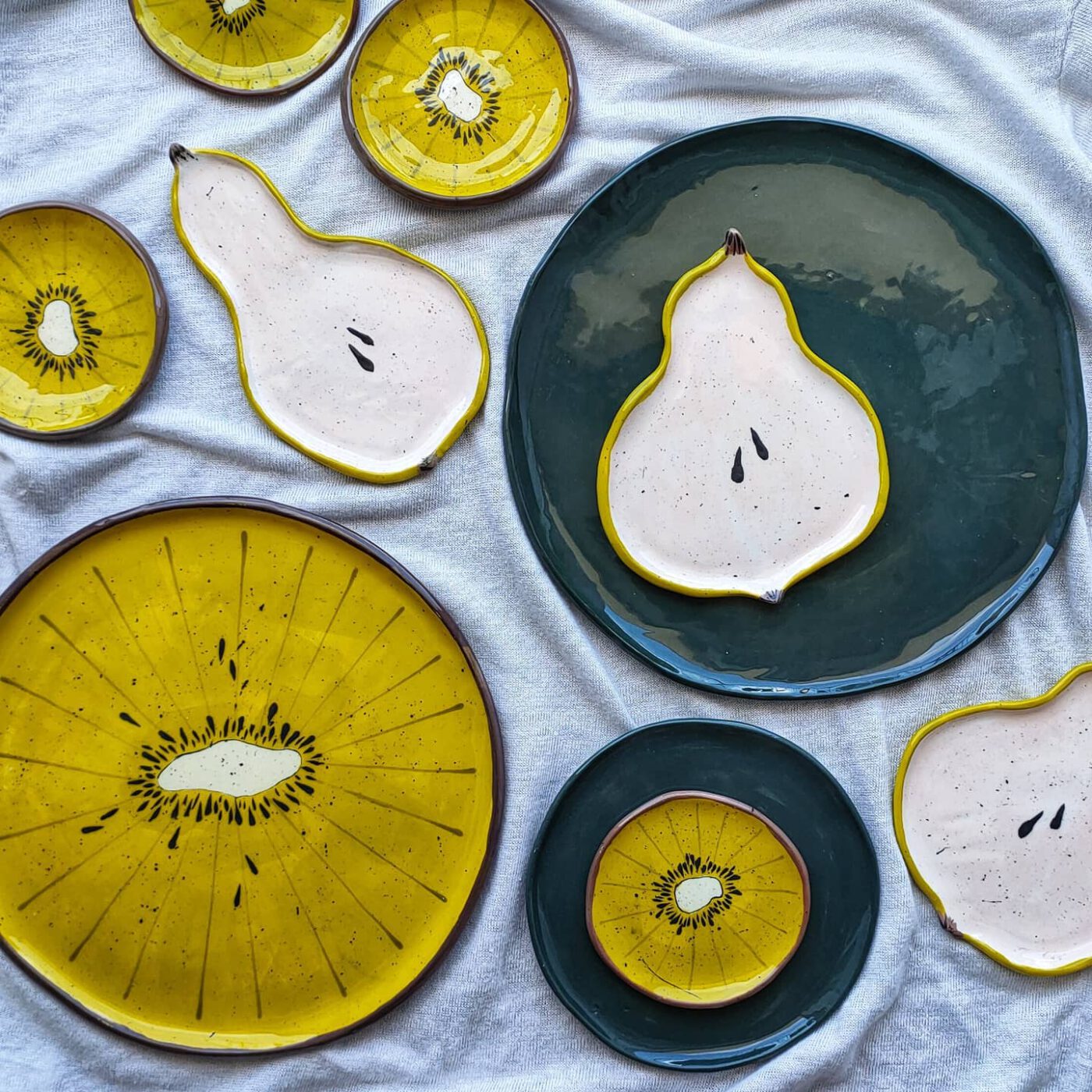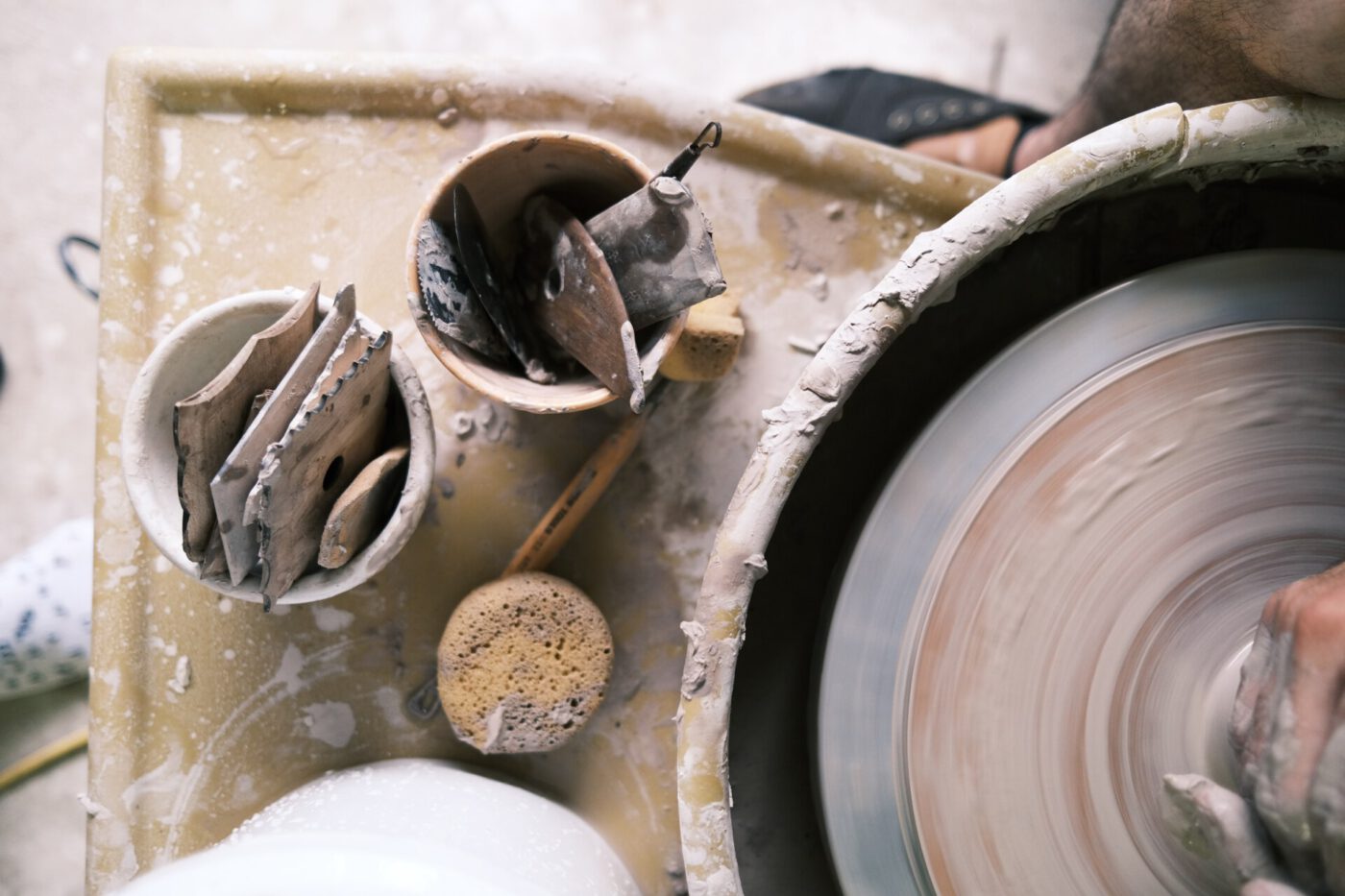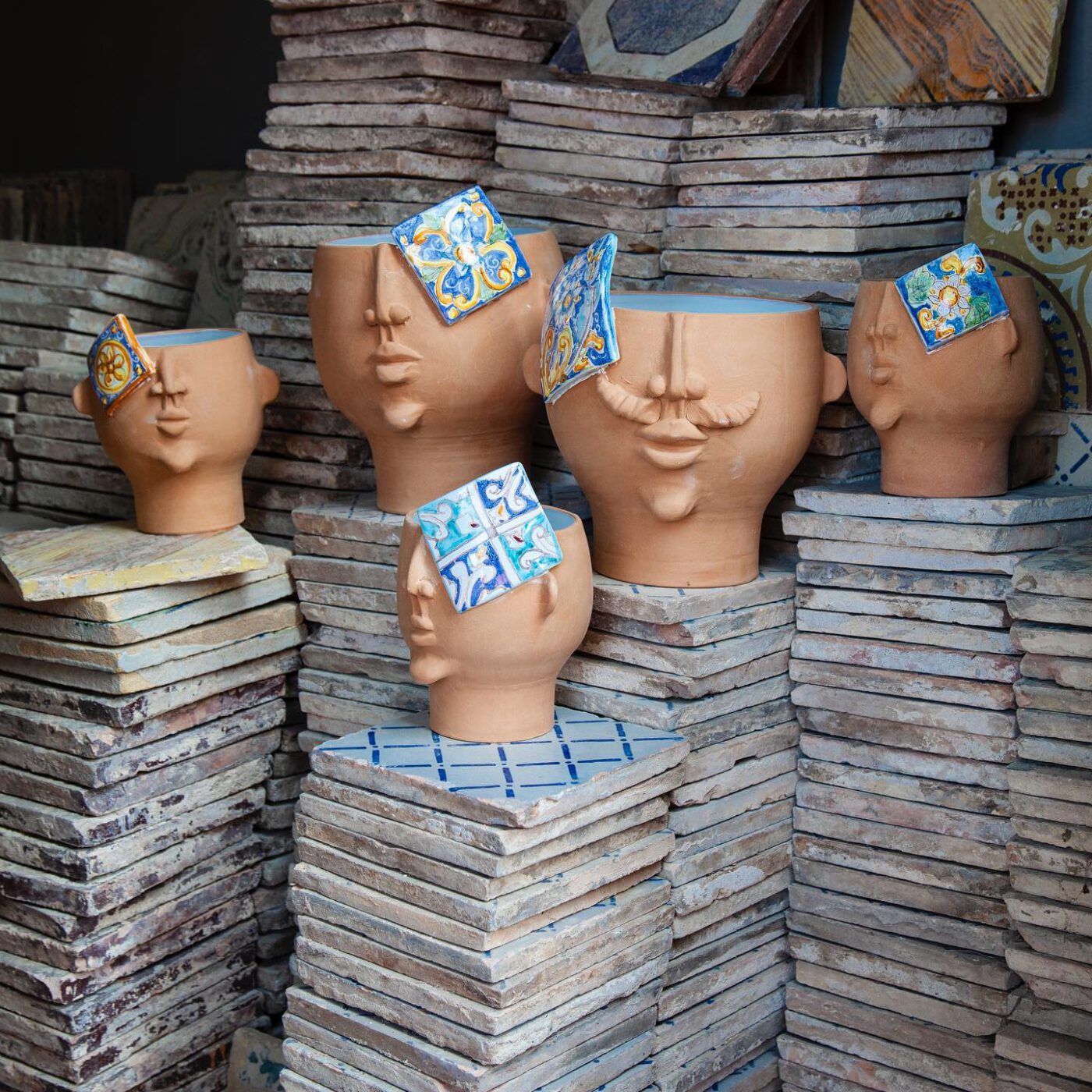Italy is full of ceramic villages: there’s Grottaglie in Puglia and Castelli in Abruzzo; Deruta and Gubbio in Umbria; Nove in Veneto. Weaved together with an enchanting history and a rich tradition, Italian ceramic production has been one of the world’s most predominant crafts since the 1350s, when Italian maiolica–tin-glazed pottery–was first produced. It wasn’t until the height of the Renaissance, however, that Italian ceramics reached its artistic peak: by 1460, new technology allowed for the vibrant, polychrome ceramics that we associate with Italian pottery today. By the end of the 15th century, each region, and even town, was renowned for its own distinct style of high-quality maiolica. Handcrafted and hand-painted, these ceramic cultures have been passed down for centuries from generation to generation, kept alive as both an art form and a business for many Italians.
Shedding light on the latest generation of local artisans–especially in a time when mass-produced ceramics flood the global market and can be found cluttering the souvenir shops of every Italian town’s high street–is of the utmost importance. Here, six Italian ceramicists–both contemporary and traditional–who represent the Italian ceramic craft today:
Ceramica Pinto (Vietri sul Mare)
In a charming village on the Amalfi Coast well known for its ceramic tradition, Ceramica Pinto is a family business and the oldest factory in town. Since 1850 and through four generations, the workshop has remained in the same building on Corso Umberto I. Inspired by the village and its majestic surroundings, the Pintos craft bright majolica artisan tiles, tableware and pottery with floral, graphic, geometric and baroque (a style that dates back to Neapolitan tradition from the 1700s) patterns using traditional techniques. Some of their contemporary classics are even inspired by groundbreaking Italian designers like Gio Ponti and Giuseppe Capogrossi. “We do research to find old patterns that could be made according to our methods, and our use of bright colors is definitely influenced by our beautiful nature and landscape!” the Pintos explain.


Photography by Agnese Moroni
Arianna De Luca (Rome)
Raised near Castelli, a renowned ceramic village in Abruzzo, Rome-based Arianna De Luca runs her own studio and artisanal workshop in the quirky neighborhood of Pigneto. With a background in design and interior décor, Arianna began working with ceramics in 2017, learning from local artisans in order to create bespoke objects to complement her projects. She grew up between the beach and the countryside–two elements that influence and give life to her functional and playful ceramics. “Each of my products displays my passion and interest for Mediterranean landscapes, its culture and artistic heritage with a focus on Italy’s ceramic legacy,” Arianna explains. “I travel a lot around Italy; I’m inspired by Italian design from the 1980’s and absolutely love ceramics from Vietri sul Mare on the Amalfi Coast—their themes and color palettes often appear in my own work.”
Fresh, vibrant and bold, Arianna’s style is spontaneous–simultaneously a bit futuristic and a bit retro. As she began to move beyond interior design, she developed her own ceramic aesthetic and launched her first collection, Folcloristica, in 2020. “In every project, I try to create a narrative where each piece is meant to be a character of a story. For instance, the design of Ramina is inspired by the Conca abruzzese–a traditional copper basin once used to transport water from the village’s fountain to people’s houses. Every Abruzzese has got one conca at home from their grandmothers!”
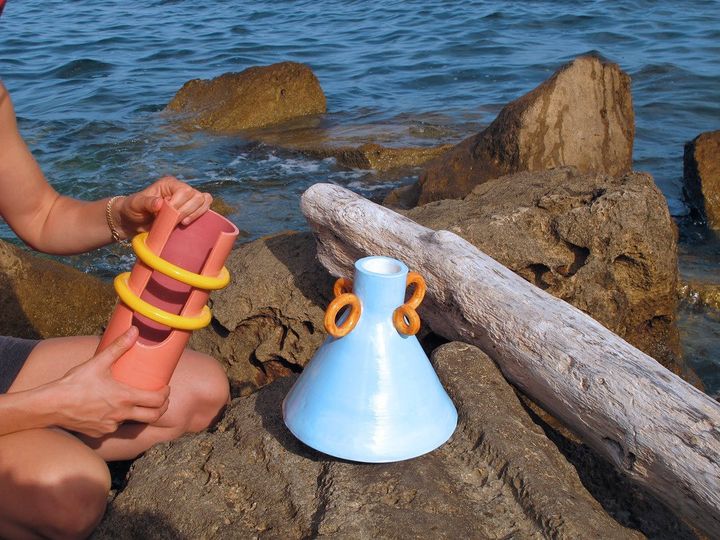

Patrizia Italiano (Sicily)
Patrizia Italiano lives in Sicily, between the glistening sea of the Aeolian islands and the town of Palermo. The magical island of Filicudi (famous for its capers) has been an endless source of inspiration and research for Patrizia, who has an innate passion for sea and clay. “My pottery is influenced by a life suspended between the places I love most and where I live my daily life. I like imagining stories and giving life to the objects and characters, so immersed in their own environment and cultural context.” With exquisite pieces of artwork that recall centuries of culture and history, Patrizia’s Vendors of Sicily collection stems from her love for Palermo’s food markets–places that enlighten all senses. Fruits and vegetables–figs, chili peppers, lemons and more–adorn vases that look like faces. Her goal is for those who use her pottery to hear “the ancient voice of Sicily” through each piece.

Laboratorio Paravicini (Milan)
Tucked away in Via Nerino 8–inside a secret courtyard in the historical center of Milan–Laboratorio Paravicini was founded in the early 90s by Costanza Paravicini, who was inspired to create high-quality, handmade tableware that could be used everyday, not just on special occasions. Since then, the laboratory has become popular around the city for its tableware, vases, and tea and coffee sets and is now a point of reference for those looking for a creative yet refined table. Designed by Costanza and now her daughters Benedetta and Margherita, the pieces blend classic, poetic inspirations with contemporary designs: fantasy worlds of jugglers, jungle animals, hot air-balloons and horseback riders are to be expected. The plates are sometimes whimsical, sometimes elegant and most of the time both.
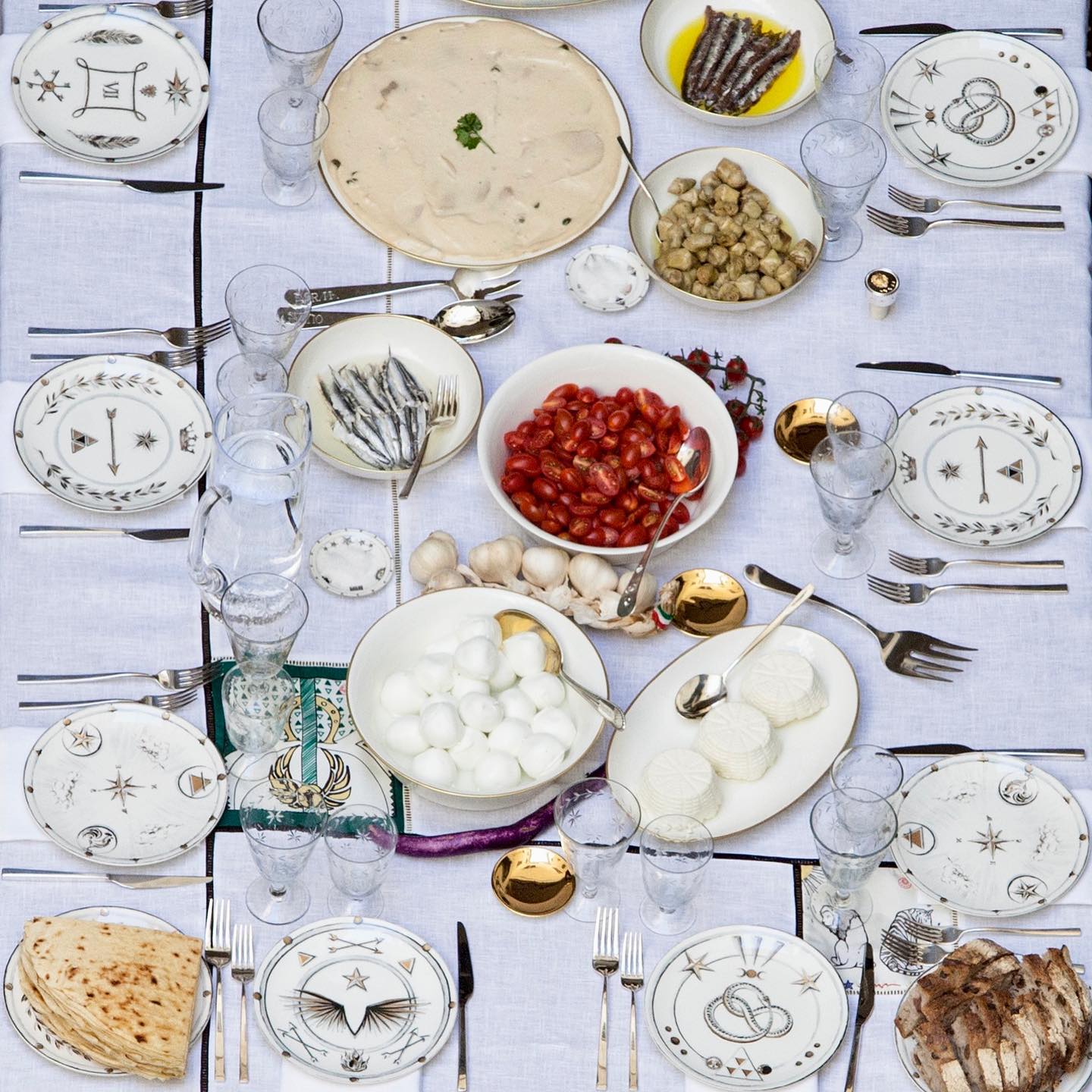
Federica Massimi (Rome)
Rome-based Federica Massimi only started working with ceramics in 2019, but her signature fruit- and vegetable-shaped bowls and plates can already be found around the country (we’ve even seen them at a farmer’s market or two!). With unique shapes and forms, she aims to fabricate functional and aesthetic objects that convey positive feelings and don’t claim to be perfect. On the contrary, her pieces embrace the amusingly imperfect: her work appears soft and dreamy, seamlessly intertwining reality and imagination with a palette of bright colors. Each piece is modeled with local white clay obtained from a mixture of kaolin clays, calcium and magnesium carbonates and is decorated by hand. “I spend little time in my studio, but in reality I am always there, because my studio is everywhere–at the table while I’m opening a fruit, in the bright color of a pullover, in a decorated majolica on the walls of a Roman villa of the beginning of the twentieth century, in a painting of the Capitoline Museums, in the mosaics of Aquileia (which inspired me for the Mr. Seppia Collection and the Medusa Collection) and in all possible and imaginable places!” But the place where she spends most of her free time is the Botanical Garden of Rome: “It’s my secret place where I got the inspiration for my new Leaves Collection!”

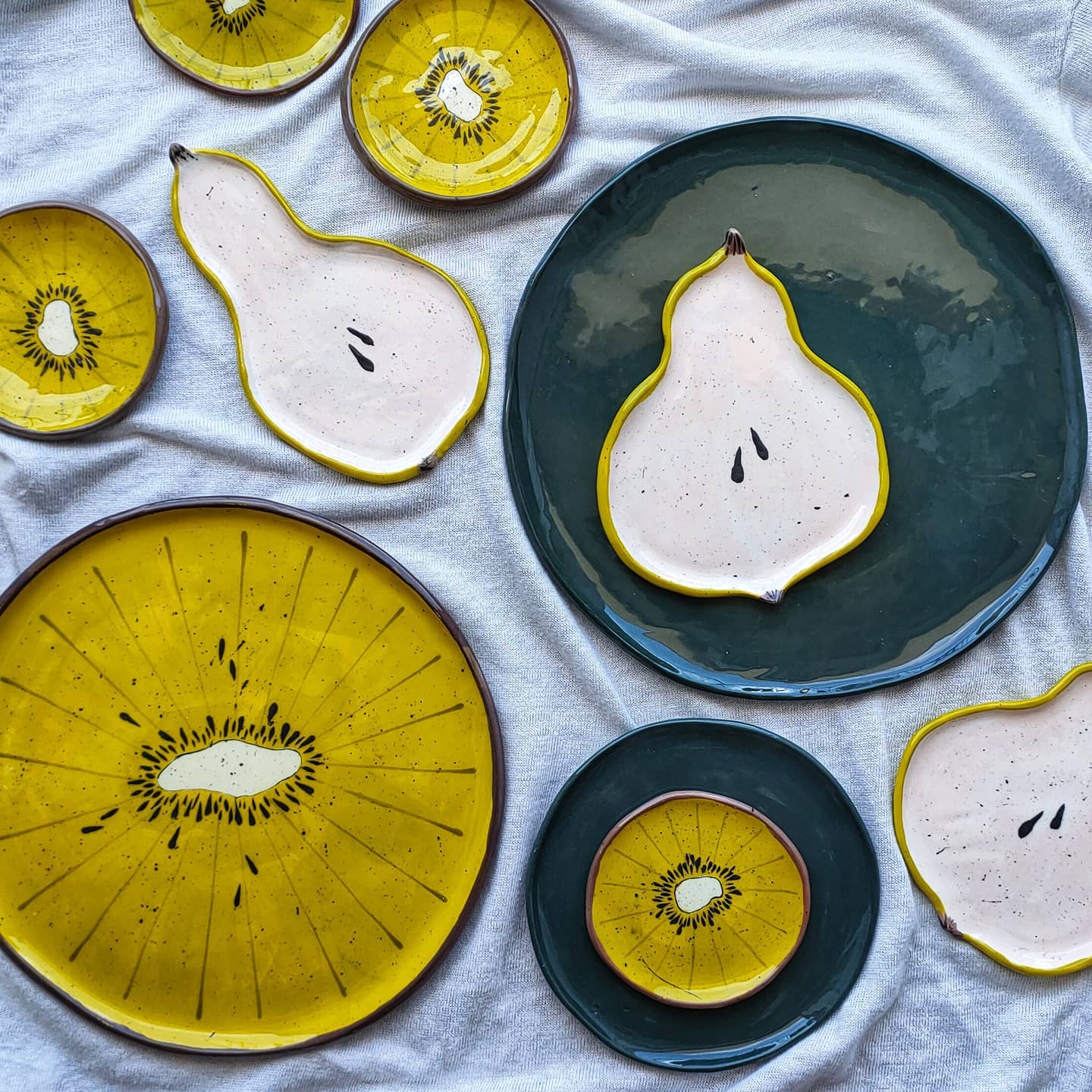
Studio Riviera (Puglia)
It was the holidays of 2017 when German Alex and Melanie Gehle (Mr. and Mrs. Riviera) visited a ceramic atelier in Puglia. Not only were they inspired by the kind of craftsmanship they witnessed, but they were fascinated by Puglia–its alluring colors, extraordinary patterns and authentic lifestyle–and wanted to harmoniously blend it with tableware. Studio Riviera, born in 2021, was the fruit of their dreams. With a background in fashion, the couple brings joyful artworks, traditional speckled dot designs, hand-drawn psychodelic patterns and monochromatic sets with 70s flair to their premium plates, bowls, jugs, mugs and wine glasses. Handmade and-hand painted, “each piece is exclusive, no two are alike!” the Rivieras exclaim. “You’ll find us barefoot in the countryside of Puglia. We love the easy life here. Our influences constantly come from Italy’s breathtaking places!”



